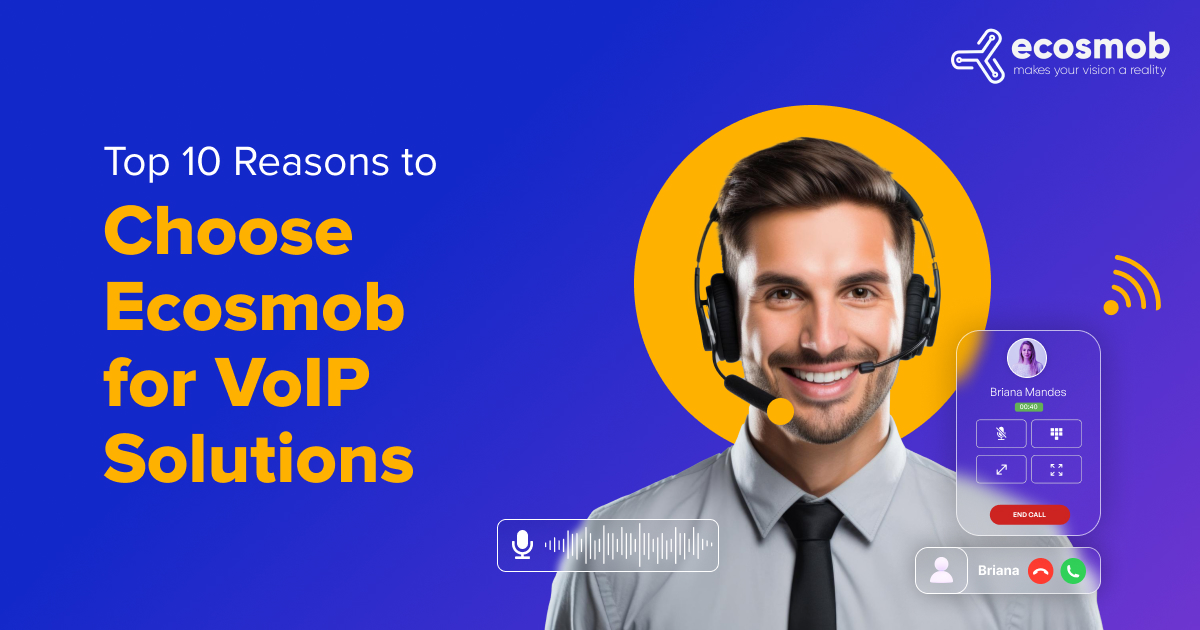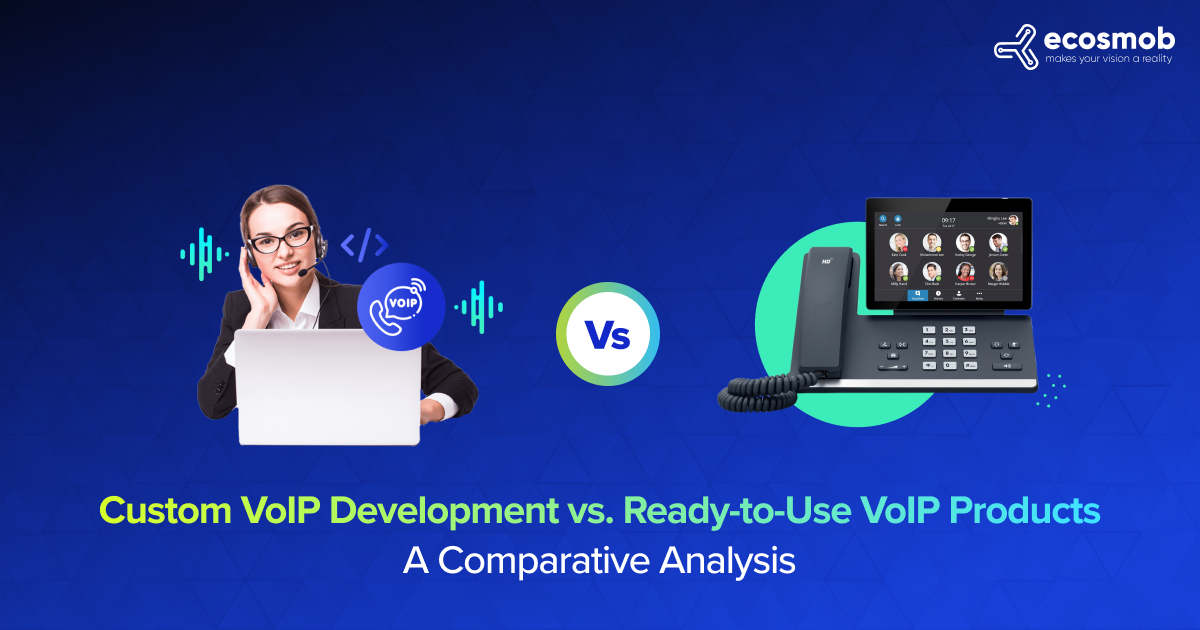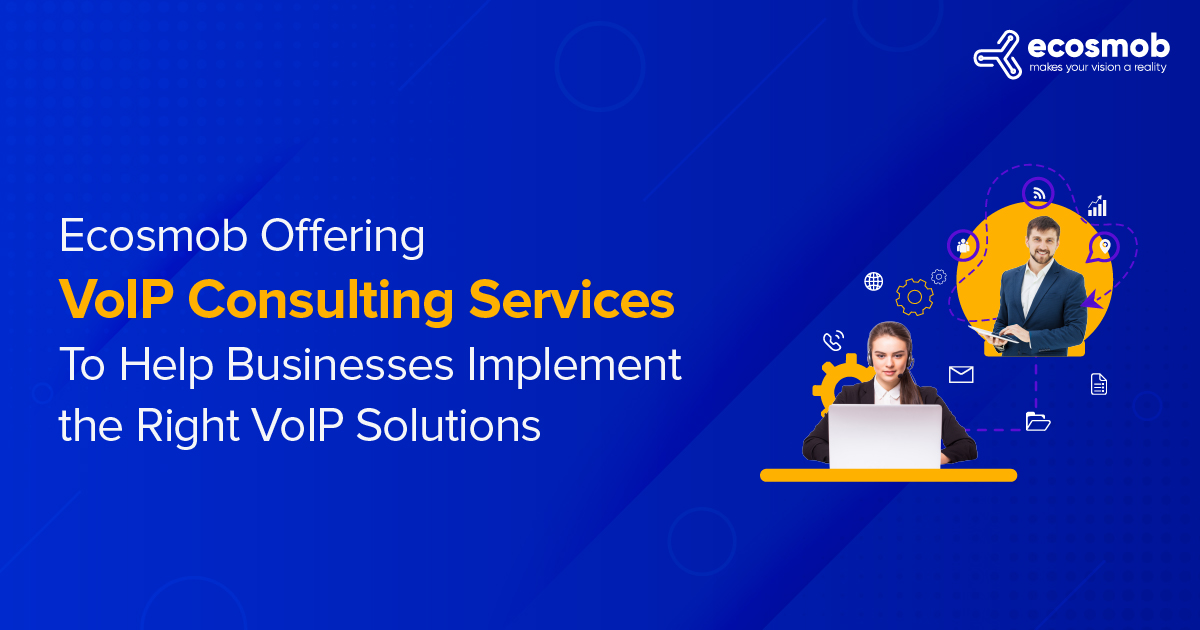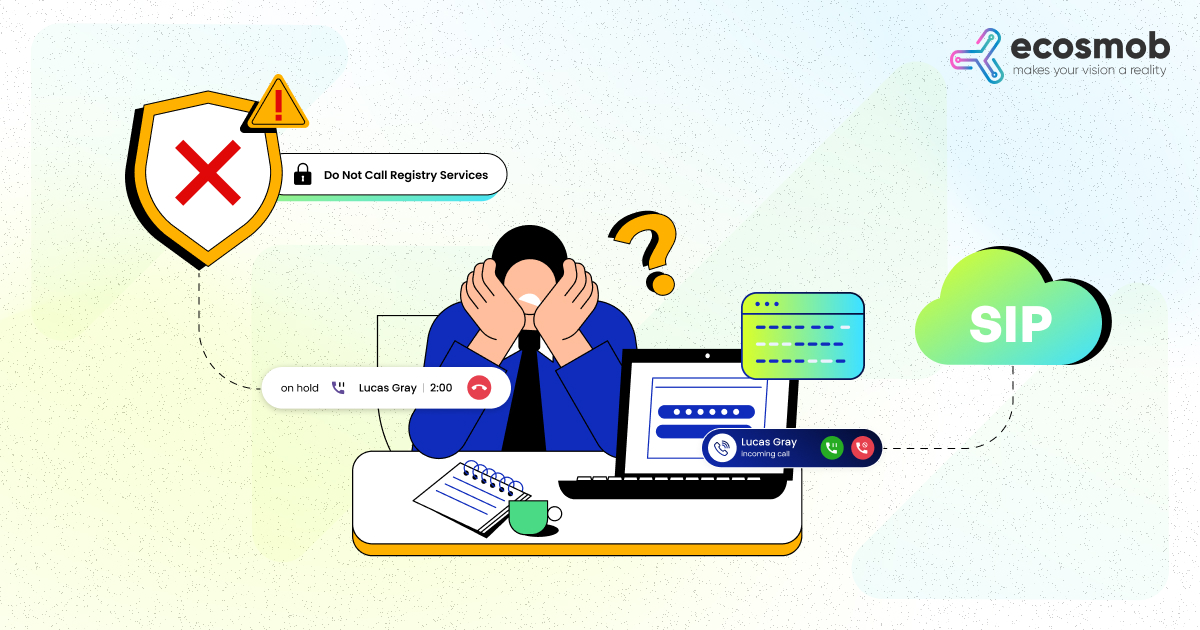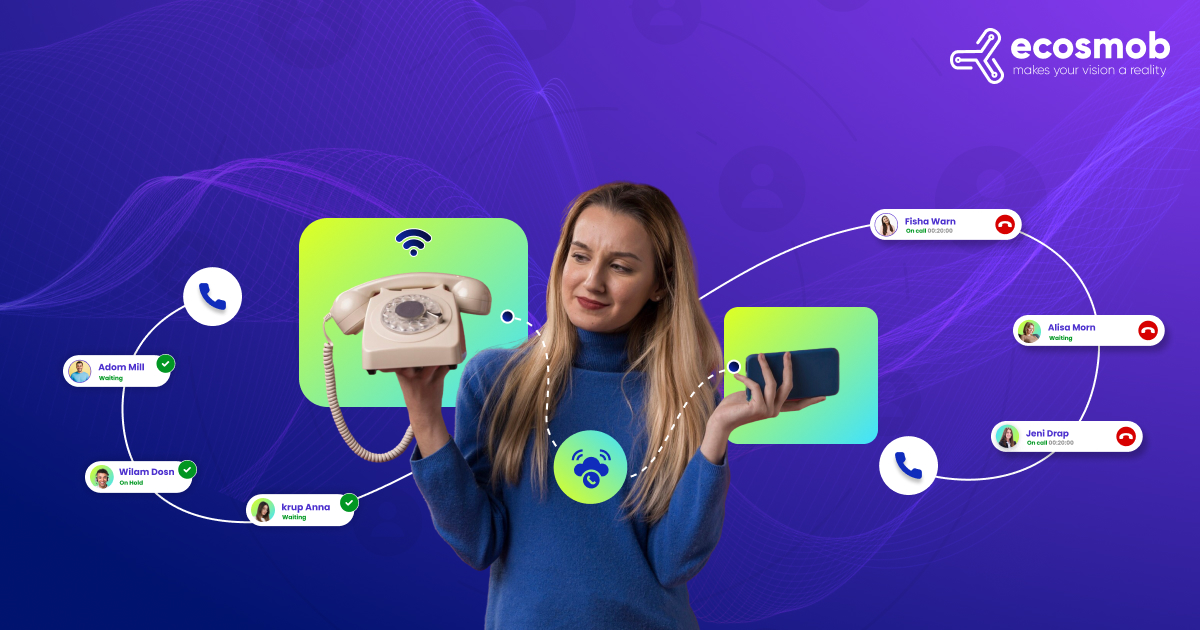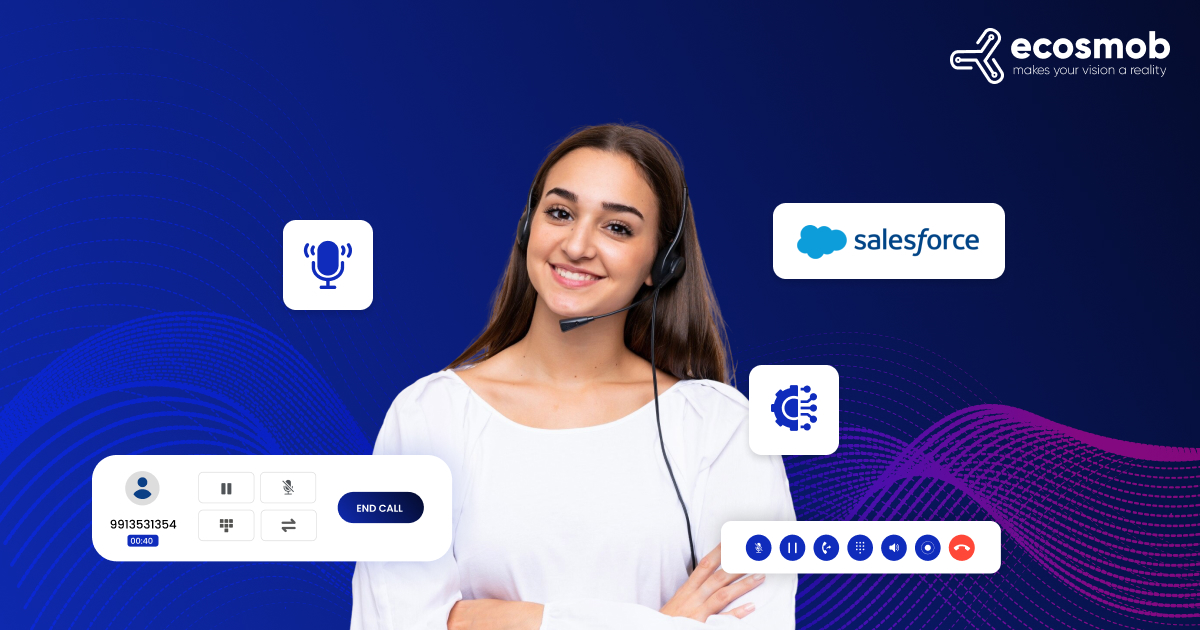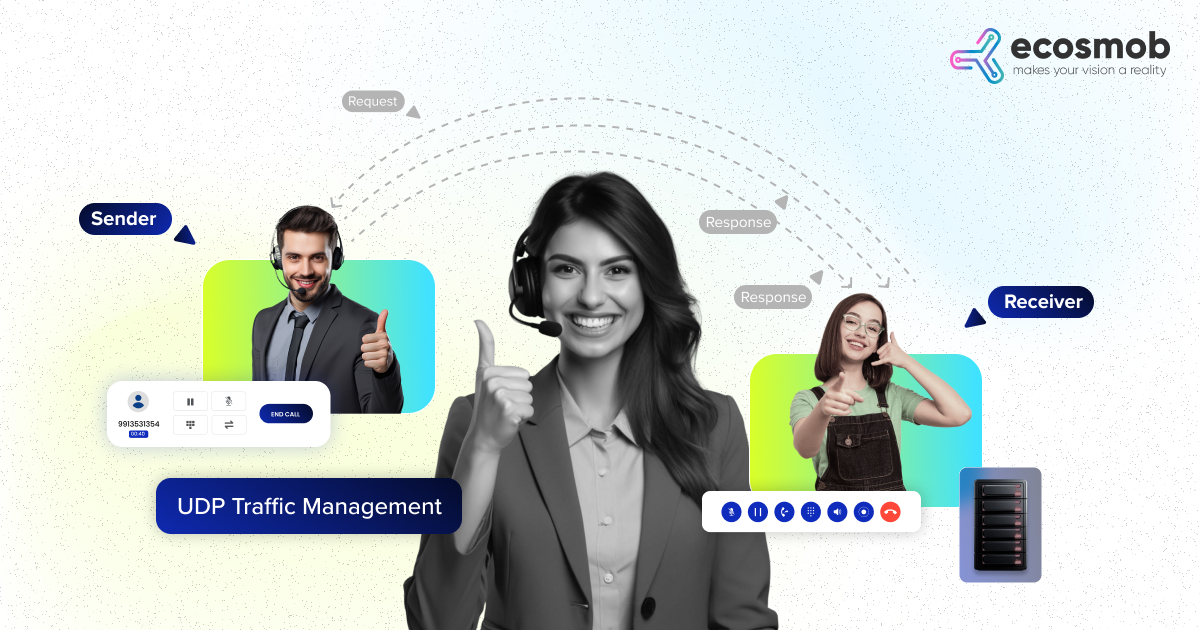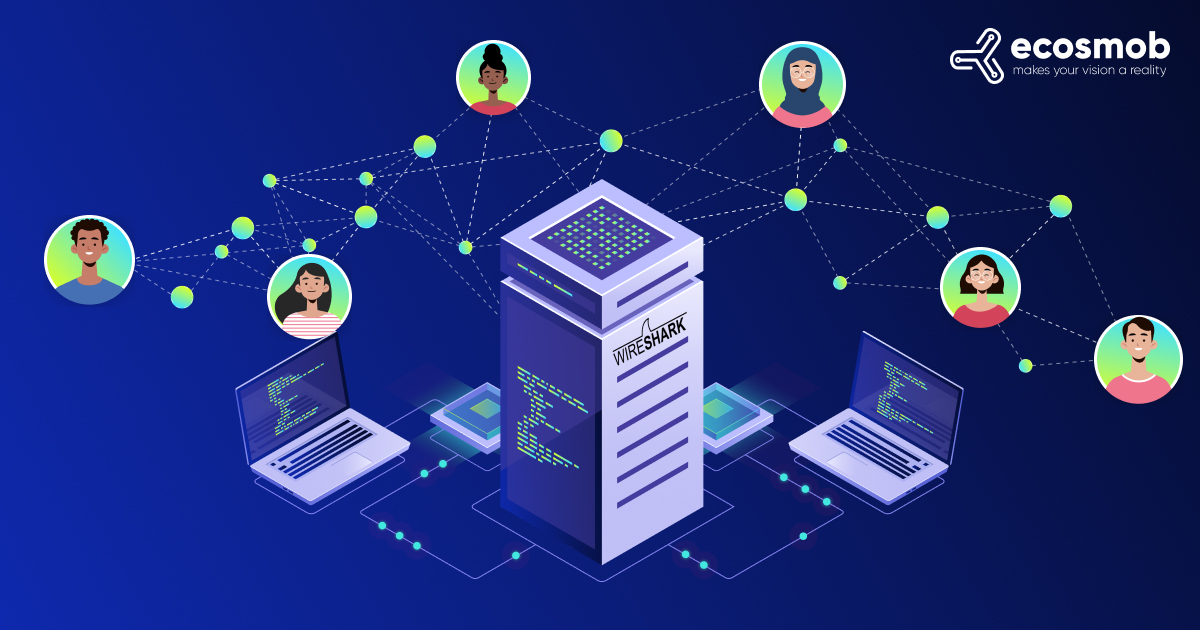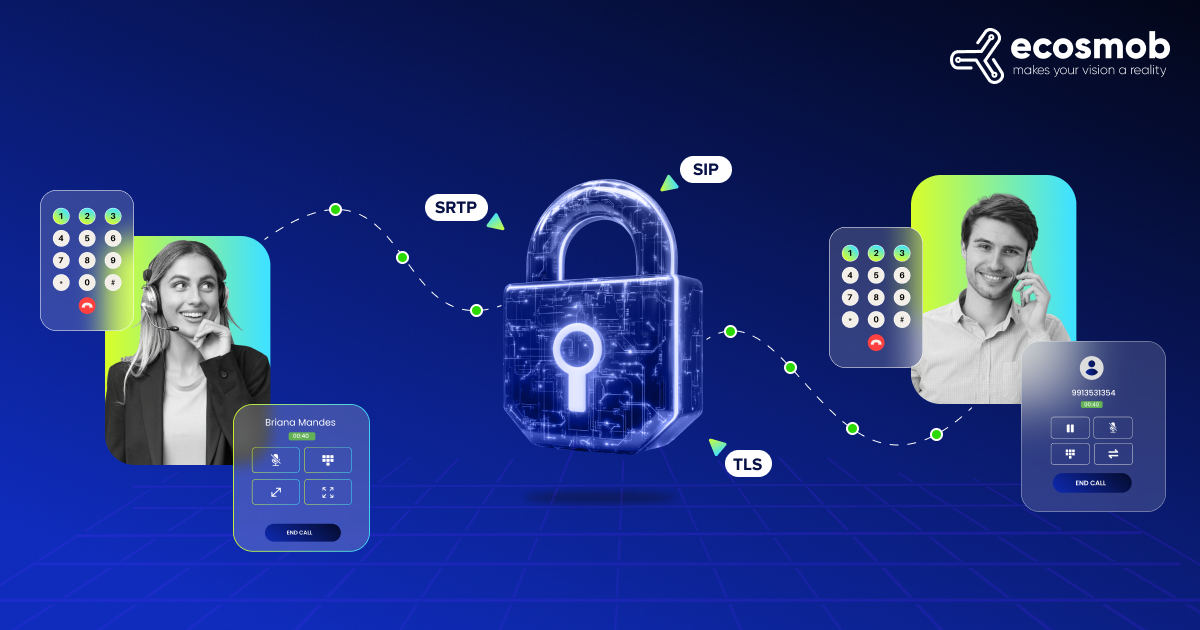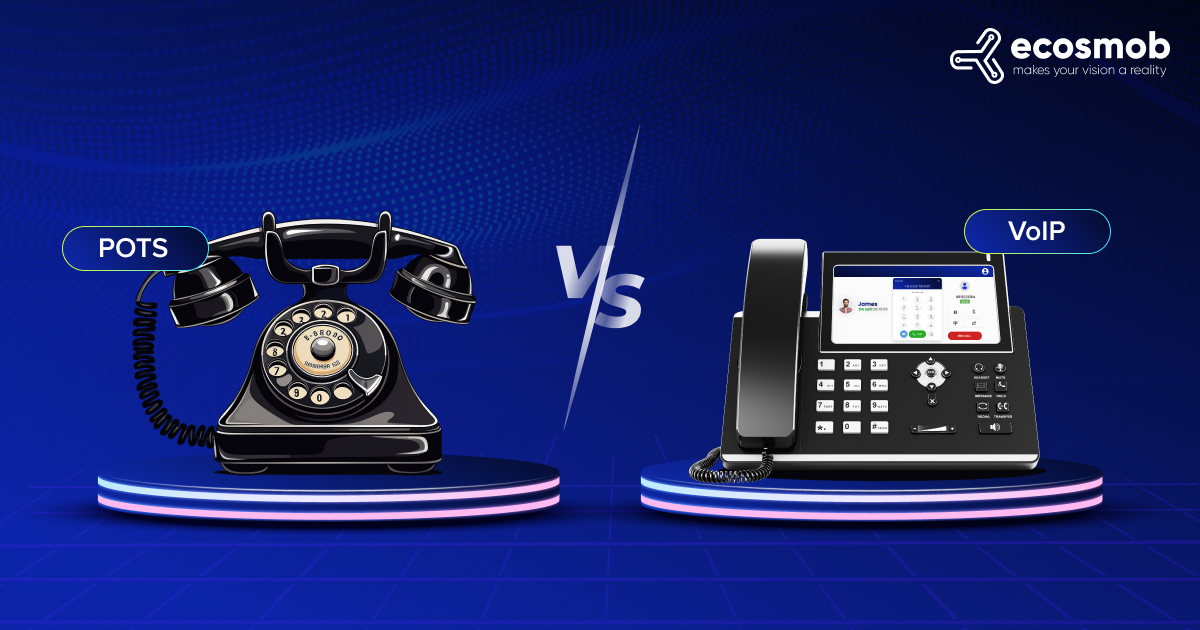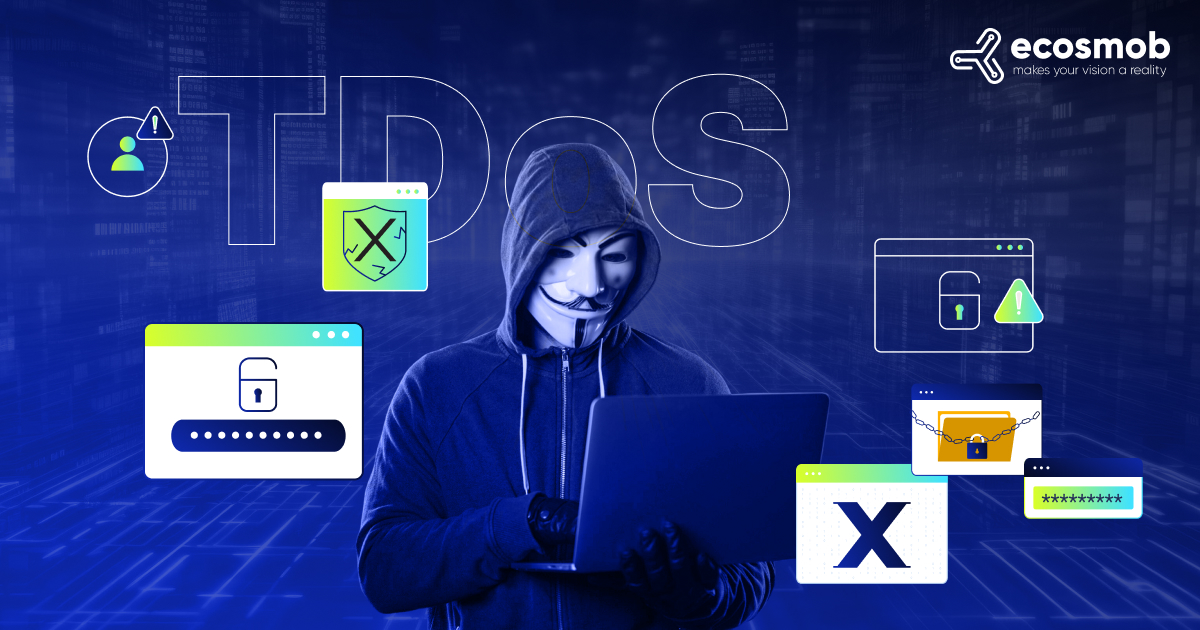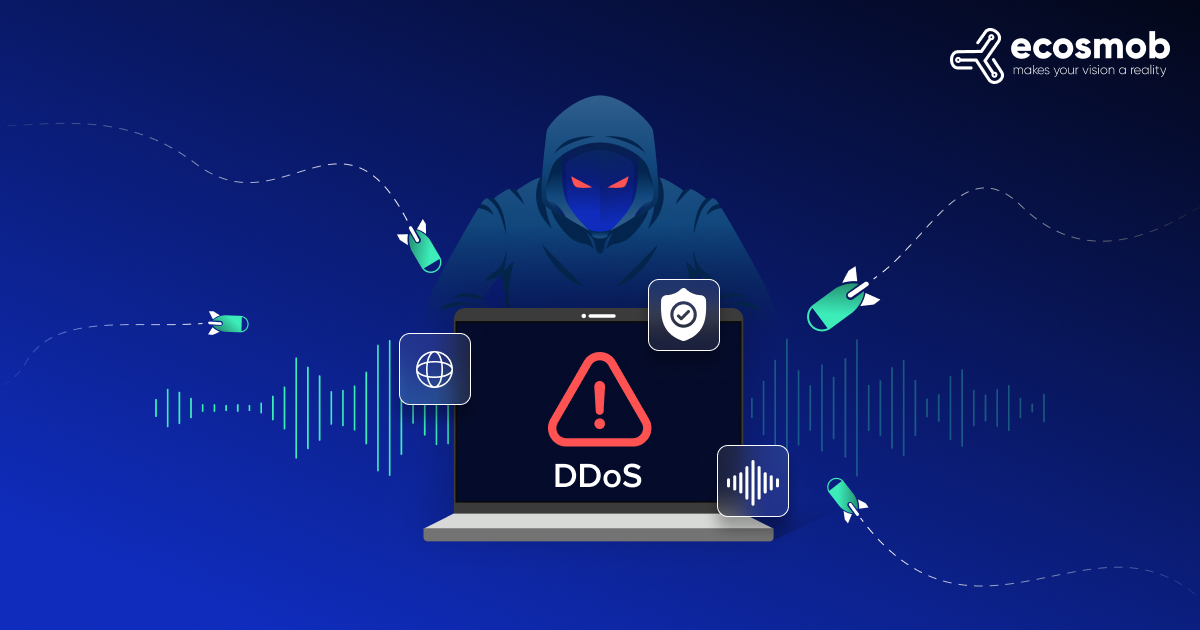QUICK SUMMARY
This blog explores how Zero Touch Provisioning (ZTP) streamlines VoIP deployments by saving time, reducing errors, and enhancing scalability. It also highlights the key benefits, challenges, and future scope of ZTP in the evolving telecom landscape.
“In VoIP, time saved is revenue earned, and errors avoided are trust preserved.”
Welcome to the world of ZTP (Zero-Touch Provisioning), a game-changer for VoIP service providers.
If you’ve ever felt bogged down by the hassle of manually configuring dozens (or hundreds) of VoIP devices, this blog is for you!
Key Highlights
- ZTP automates VoIP device setup, reducing manual errors and accelerating deployment times across telecom networks.
- Secure Zero Touch Provisioning ensures encrypted, remote configuration, ideal for scalable and distributed VoIP environments.
- The future of ZTP in telecom includes AI-driven provisioning, blockchain security, and seamless integration with cloud-native platforms.
From saving valuable technician hours to significantly reducing configuration errors, ZTP for telecom is making automation in the telecom industry not just a luxury but a necessity.
But, What is VoIP?
VoIP (Voice over Internet Protocol) lets you make phone calls over the internet instead of traditional phone lines.. It converts voice into digital packets and transmits them over IP networks. VoIP is cost-effective, scalable, and essential in modern business communication.
And,
What is Zero Touch Provisioning for VoIP?
Zero-Touch Provisioning (ZTP) is a method of deploying VoIP devices without manual intervention. When a new phone or gateway is powered on and connected to the network, it automatically downloads its configuration from a server, no technician required on-site.
In short, ZTP means plug it in, power it up, and let the automation handle the rest. It’s secure, efficient, and scalable, perfect for large-scale VoIP deployments.
Book a free AI consultation with Ecosmob for your call center today.
How Can Zero Touch Provisioning Save Time and Reduce Errors?
Let’s face it, manual provisioning is time-consuming, repetitive, and error-prone. Every device needs to be unboxed, configured one by one, and double-checked for typos, firmware mismatches, or missed security settings. Multiply that by a few hundred devices, and you’re looking at days of work and a headache waiting to happen.
But Zero Touch Provisioning (ZTP) is a hands-free approach to VoIP deployment that’s all about plug-and-play simplicity.
Here’s how ZTP saves time and minimizes errors in real-world scenarios –
- No manual setup needed – Just ship the device to the end-user. Once it connects to the internet, it fetches its configuration from a central server, completely hands-free.
- Fewer mistakes – Because provisioning is automated, the risk of human error, like wrong SIP credentials or missed codecs, is drastically reduced.
- Remote-ready – IT teams don’t need to travel or remote in to each device. It’s perfect for hybrid teams and distributed offices.
- Faster rollouts – What used to take hours now takes minutes. ZTP means VoIP deployments can scale without delay.
- Consistency across devices – Everyone gets the same config, reducing variability and weird bugs that show up only on “some” phones.
In short, zero-touch automation gives you the power to manage provisioning at scale without exhausting your tech team.
It’s a smart move for anyone serious about automation in the telecom industry.
7 Benefits of Zero Touch Provisioning for VoIP
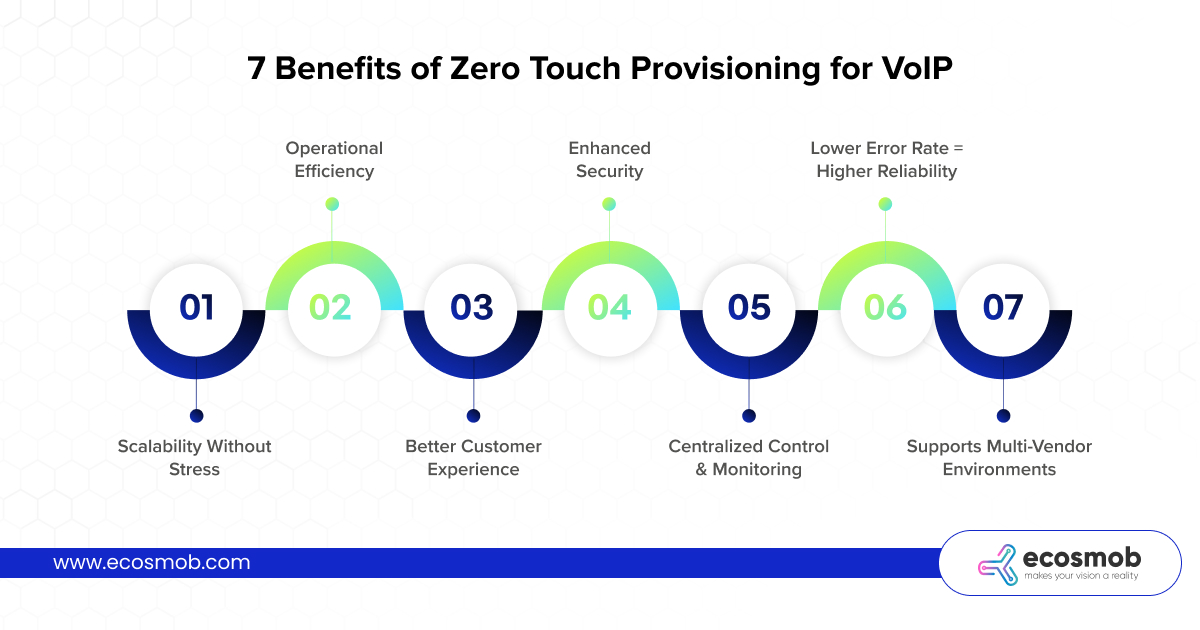 Now that we’ve covered how ZTP saves time, let’s look at its bigger-picture benefits, especially when applied to custom VoIP systems.
Now that we’ve covered how ZTP saves time, let’s look at its bigger-picture benefits, especially when applied to custom VoIP systems.
1. Scalability without stress
Need to deploy 5 phones this week and 500 next month? No problem. With zero-touch provisioning, telecom deployments become infinitely scalable, without adding proportional workload.
2. Operational efficiency
You’re no longer paying for techs to go on-site or spending hours fixing small errors. ZTP reduces costs and frees your IT team to focus on more valuable work.
3. Better customer experience
End-users receive VoIP phones that “just work.” No waiting, no tech support, no confusion. That’s a huge win for customer satisfaction.
4. Enhanced security
Secure zero-touch provisioning uses encrypted protocols to protect credentials, ensuring devices are provisioned safely, even over public internet connections.
5. Centralized control and monitoring
All provisioning happens from a centralized server or cloud interface. That means greater visibility, better analytics, and the ability to push updates instantly.
6. Lower error rate = higher reliability
Since ZTP eliminates most manual steps, it dramatically reduces the number of post-deployment issues. More uptime, fewer helpdesk tickets.
7. Supports multi-vendor environments
Many modern systems support ZTP across brands, which is perfect for businesses using a mix of VoIP phones, gateways, and routers.
So, when people ask “What are the benefits of ZTP for telecom operators?”, the answer is simple: Speed. Simplicity. Scale!
Book a free AI consultation with Ecosmob for your call center today.
What is the Future Scope of Zero Touch Provisioning for VoIP?
We’re just scratching the surface with what ZTP for telecom can do. As digital transformation and cloud-based communication take over, the role of zero-touch automation will only grow.
Here’s what the future might look like –
- AI-enhanced provisioning – Imagine ZTP in AI-integrated VoIP that not only deploys devices but also predicts failures, optimizes configs based on usage, or self-corrects issues without human input.
- Cloud-native orchestration – Provisioning systems will shift entirely to the cloud, offering real-time updates and global scaling for VoIP and unified communication platforms.
- Blockchain-backed security – To ensure configuration authenticity and prevent tampering, secure zero-touch provisioning could soon use blockchain for tamper-proof validation.
- Standardization across vendors – As more manufacturers adopt the same ZTP protocols, deployment will become more plug-and-play, even in complex environments.
- Integrated lifecycle management – ZTP will tie directly into asset management, letting admins monitor a device from its first boot to its retirement.
- User-driven onboarding – Future ZTP portals may allow end-users to activate and customize devices themselves, reducing the need for IT involvement even further.
In essence, the ZTP meaning is evolving. It’s no longer just about setup, it’s about intelligent, automated, end-to-end lifecycle management.
And that makes it a cornerstone of the next-gen automation in telecom industry.
Book a free AI consultation with Ecosmob for your call center today.
Wrapping Up
It’s an automated process where VoIP devices configure themselves upon boot-up using centralized, secure settings. ZTP means less manual labor, faster deployments, and fewer errors. It’s the future of VoIP deployment – especially at scale.
And here is the catch!
- Speeds up deployment and reduces human errors
- Lower operational costs through automation
- Improve consistency and security across networks
At Ecosmob, we help businesses and telecom operators implement end-to-end ZTP solutions tailored to their infrastructure. With deep expertise in VoIP platforms, device provisioning, and secure automation, our team ensures your deployment process is not only seamless but also future-ready. Whether you’re scaling locally or globally, we help you unlock the full potential of Zero Touch Provisioning in the telecom industry, securely, efficiently, and at scale.
Let’s make provisioning a one-click process.
Because time matters, and so does accuracy!
FAQs
What is ZTP (Zero-Touch Provisioning)?
ZTP, or Zero-Touch Provisioning, is a process that allows devices, like IP phones, routers, or switches, to be automatically configured and provisioned the moment they’re connected to a network, without requiring manual intervention. Once plugged in, the device fetches its configuration from a predefined server and sets itself up.
How does ZTP work in a VoIP setup?
In VoIP, when a new IP phone or gateway is connected, ZTP kicks in by having the device contact a provisioning server. The server then pushes the appropriate configuration (like SIP settings, extensions, firmware, etc.), allowing the device to be up and running within minutes. No IT personnel need to physically log into each device.
What are the key benefits of ZTP for VoIP service providers?
Time Efficiency, Fewer Human Errors, Faster Onboarding, and Remote Provisioning are some of the benefits of ZTP for VoIP.
How does ZTP help reduce VoIP deployment errors?
Since ZTP uses predefined configuration templates and automated workflows, it eliminates the chances of manual errors, like entering the wrong SIP server or extension number. This results in smoother call setups, fewer dropped calls, and reduced troubleshooting time.
Can ZTP help save costs for VoIP service providers?
Absolutely. ZTP minimizes the need for technical manpower during setup, reduces truck rolls (on-site visits), and decreases downtime due to configuration issues. Over time, these savings can be substantial, especially for providers managing large-scale deployments.

